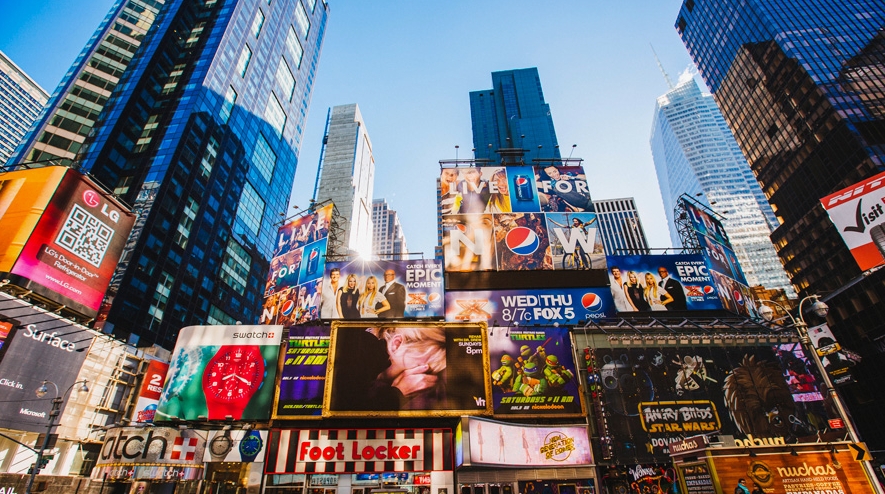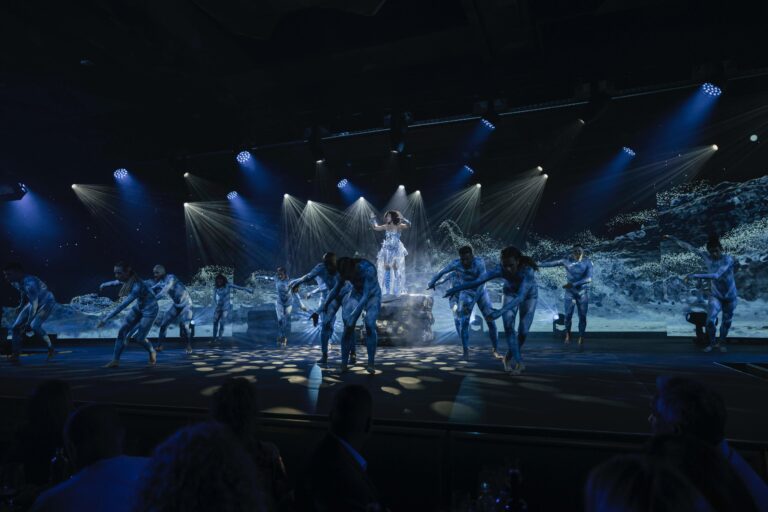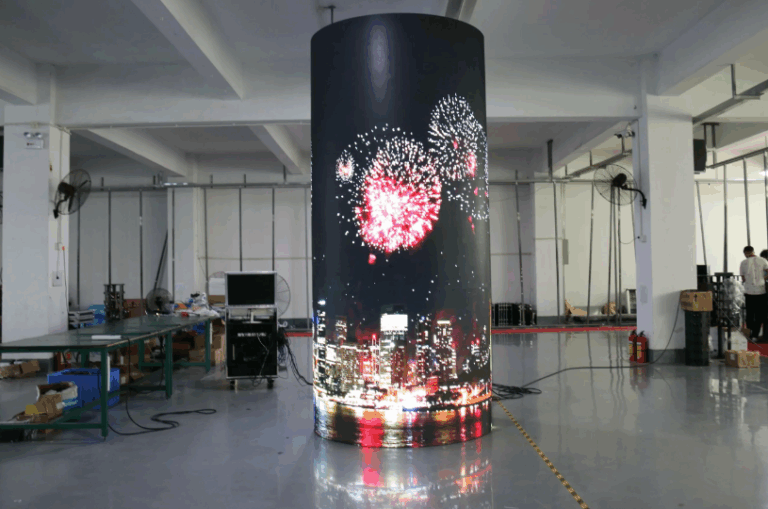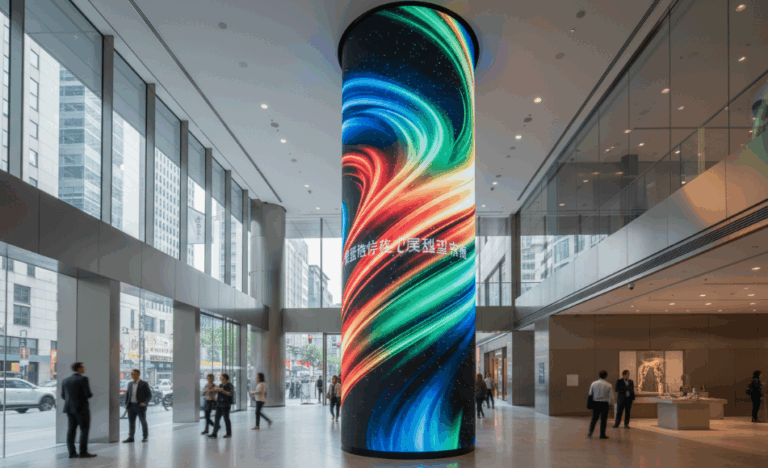In modern commercial and public spaces, signage is an essential tool for conveying information. From traditional static signage to advanced LED digital signage, technological advancements have revolutionized information display. This article explores the differences between LED digital signage and traditional signage from various perspectives, helping businesses and institutions understand which type of signage best meets their needs.
LED digital signage and traditional signage differ significantly in terms of functionality, application, cost, and maintenance. Here are eight key differences between LED digital signage and traditional signage:

-
Table of Contents
ToggleDisplay Technology:
- LED Digital Signage: Utilizes LED (light-emitting diode) technology, providing high brightness, high-definition dynamic images, and videos. LED screens can be full-color, supporting multiple colors and image formats. LED displays are divided into monochrome, two-color and full-color types.
- Traditional Signage: Typically uses static printed materials such as paper, plastic boards, or metal plates. The displayed content is fixed and cannot be dynamically updated.
-
Content Updates:
- LED Digital Signage: Content can be updated remotely, with information changes made in real-time through software systems, adapting to different marketing strategies and communication needs.
- Traditional Signage: Content updates require physically replacing the signage, which is time-consuming and costly.
-
Interactivity:
- LED Digital Signage: Supports interactive features such as touch screens and sensors, allowing interaction with the audience and providing a more personalized experience. 8 minutes to understand the working principle of LED interactive floor tile screen.
- Traditional Signage: Typically one-way communication with no interactive features.
-
Energy Consumption:
- LED Digital Signage: Although the initial investment cost is higher, LED screens consume relatively less energy and have a longer lifespan, leading to lower operating costs in the long run. Are LED billboards expensive? How much are the running costs?
- Traditional Signage: While initial costs are lower, frequent replacements are needed, resulting in higher long-term maintenance costs.
-
Environmental Adaptability:
- LED Digital Signage: Suitable for both indoor and outdoor environments. Especially in bright outdoor settings, the high brightness of LED screens ensures clear visibility of information. What is the difference between LED and LCD panels?
- Traditional Signage: In outdoor environments, content may be difficult to read due to lighting conditions.
-
Maintenance and Durability:
- LED Digital Signage: Relatively simple maintenance and high durability. LED screens can typically operate for tens of thousands of hours without needing replacement.
- Traditional Signage: Susceptible to environmental factors like wind and rain, requiring more frequent maintenance and replacement.
-
Return on Investment:
- LED Digital Signage: Despite the higher initial investment, dynamic content display and remote updates can attract more customers and increase brand exposure, leading to a higher return on investment.
- Traditional Signage: Lower initial costs but higher update frequency, potentially leading to a lower long-term return on investment compared to LED digital signage.
-
Customization:
- LED Digital Signage: Can be customized to different sizes, shapes, and resolutions based on customer needs, offering more personalized solutions.
- Traditional Signage: Limited customization, usually constrained by printing and material limitations.

Conclusion
From the comparison above, it is evident that LED digital signage has clear advantages in dynamic content display, remote updates, interactivity, energy consumption, and environmental adaptability. Despite the higher initial investment, it can provide higher benefits and better brand display effects in the long run.
The choice of signage should be based on specific needs, budget, and application environment. Whether opting for the technologically advanced and interactive LED digital signage or the simple and economical traditional signage, the ultimate goal is to effectively convey information and enhance user experience.

About Dylan Lian
Marketing Strategic Director at Sostron





